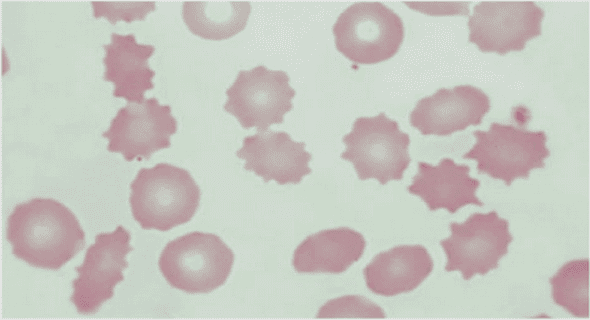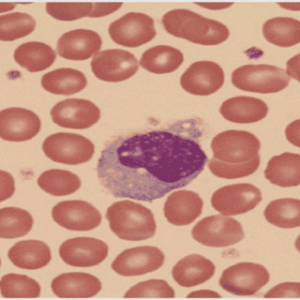(Downloads - 0)
For more info about our services contact : help@bestpfe.com
Table of contents
INTRODUCTION
GENERAL INTRODUCTION
CHAPTER 1: SKELETAL MUSCLE DECONDITIONING
1.1. Generalities
1.2. Characteristics of muscle deconditioning
1.2.1. Loss of muscle strength
1.2.2. Loss of muscle mass
1.2.3. Myotyoplogic changes
1.2.4. Intermuscular adipose tissue accumulation
1.3. Dysregulation of protein balance: molecular pathways implicated
1.3.1. Protein synthesis pathway
1.3.2. Protein degradation pathways
1.4. Experimental models of muscle deconditioning
1.4.1. Cell models of muscle wasting
1.4.2. Animal models of muscle wasting
1.4.3. Human models of muscle wasting
1.5. Muscle deconditioning with aging
1.5.1. The frailty syndrome
1.5.2. Animal models of frailty
CHAPTER 2: THE REDOX BALANCE
2.1. Pro-oxidant molecules
2.1.1. Definition
2.1.2. Sources of free radicals
2.2. Antioxidants
2.2.1. Classification from a biochemical point of view
2.2.2. Classification from a cell physiology point of view
2.3. Concept of oxidative stress
2.3.1. Damage to DNA
2.3.2. Damage to lipids
2.3.3. Damage to proteins
2.4. The role of G6PD in oxidative stress protection
2.4.1. G6PD and the glutathione antioxidant system
2.4.2. Modulation of G6PD activity
2.5. Hypoactivity and redox regulation of muscle mass
2.5.1. Oxidative stress and protein synthesis pathway
2.5.2. Oxidative stress and proteolytic pathways
2.6. Redox balance and aging
2.6.1. Oxidative stress in old muscles
2.6.2. Oxidative stress and frailty
2.7. Antioxidant strategies against muscle deconditioning
2.7.1. Antioxidant strategies in aged muscles
2.7.2. Antioxidant strategies in inactive muscles
AIMS
STUDY I: G6PD OVEREXPRESSION: EFFECTS ON FRAILTY IN OLD MICE
MATERIAL AND METHODS
1. Experimental animals
1.1. Generation of a G6PD-transgenic mouse model
1.2. Animal care
1.3. Functional tests
1.4. The “Valencia score” of frailty
2. Biochemical analysis
2.1. Glutathione determination
2.2. Lipid peroxidation determination by HPLC
2.3. Carbonylated proteins determination
2.4. Western blotting
2.5. Antibodies
3. Histological analysis
4. RNA extraction and whole transcript analysis
5. Statistical analysis
RESULTS AND DISCUSSION
1. Longitudinal evaluation of frailty
1.1. Determination of frail mice for 5 functional parameters
1.2. The Valencia score of frailty
2. Oxidative stress parameters in skeletal muscles
2.1. Levels of glutathione in skeletal muscle
2.2. RONS-induced damage to lipids and proteins
3. Markers of skeletal muscle quality
3.1. Evaluation of skeletal muscle mass
3.2. Indicators of muscular “quality”
4. Transcriptomic analysis in skeletal muscle samples
4.1. Changes in transcriptomic profile
4.2. Differentially expressed genes involved in metabolic
pathways and biological processes
CONCLUSION
STUDY II: EFFECTS OF ANTIOXIDANT SUPPLEMENTATION ON HYPOACTIVITY-INDUCED MUSCLE DECONDITIONING
CONTEXT OF THE STUDY
MATERIAL AND METHODS
1. Overall study design
1.1 Subjects and ethics statement
1.2. Experimental protocol of HDBR
2. Measurements of maximal isometric voluntary contraction (MVC)
3. Muscle biopsies
4. Analysis of muscle samples
4.1. Cryosectionning and immunohistochemistry
4.2. Western-blotting
4.3. Antibodies
5. Statistical analysis
RESULTS AND DISCUSSION
1. Evaluation of muscle strength and muscle mass
1.1. Loss of muscle strength
1.2. Atrophy of muscle fibers
1.3. Changes in myofibers type distribution
2. Oxidative stress parameters
2.1. Markers of RONS-induced damage
2.2. Antioxidant enzymes
3. Mitochondrial parameters
3.1. Oxidative metabolism markers
3.2. Mitochondrial dynamics markers
4. Protein balance parameters
4.1. Protein synthesis pathway
4.2. Protein degradation pathway
4.3. Autophagy pathway
5. Parameters of adipogenesis
CONCLUSION
GENERAL CONCLUSION
AND PERSPECTIVES
RESUMEN EN ESPAÑOL
RESUME EN FRANCAIS
REFERENCES
ANNEXES



